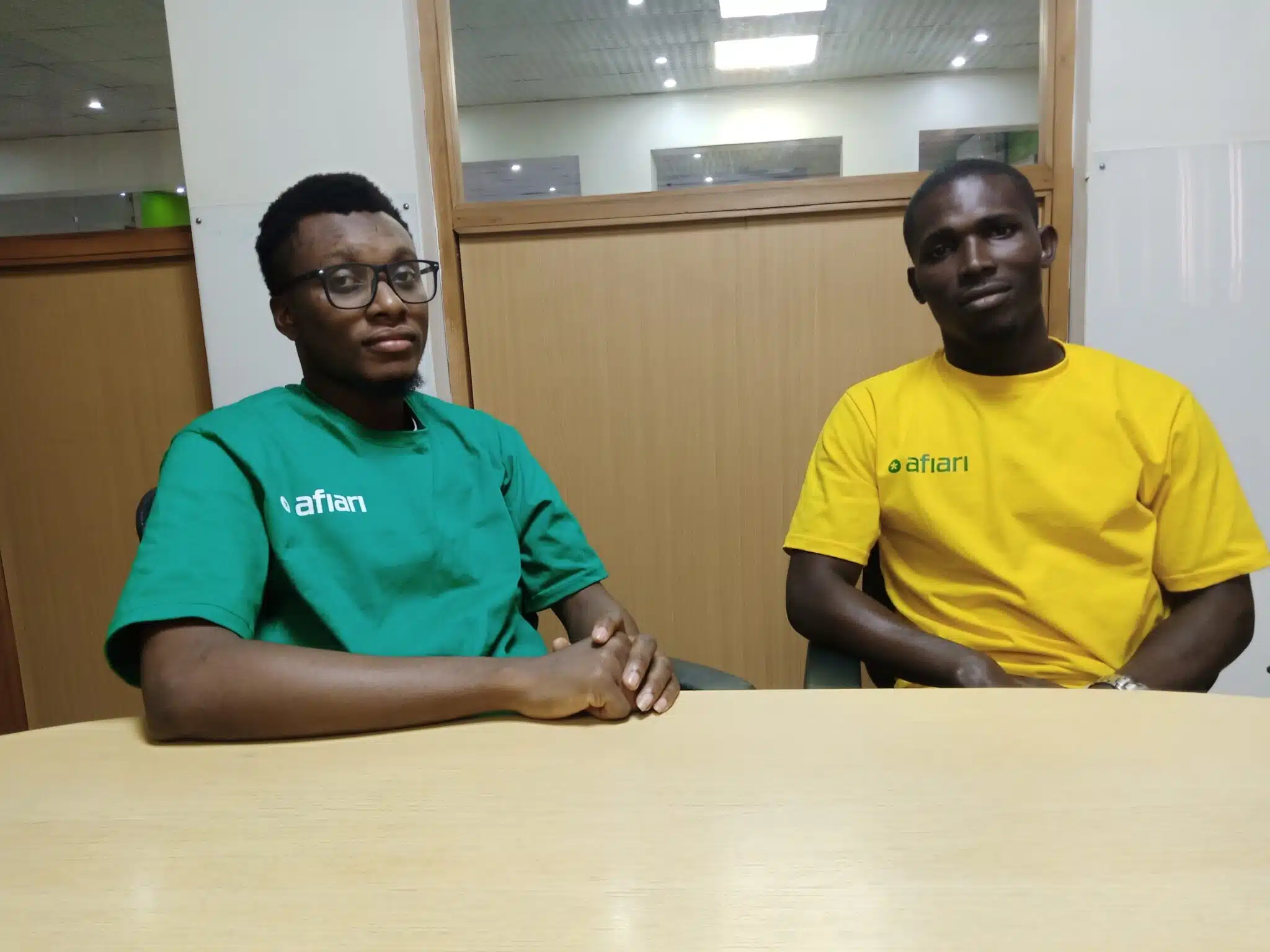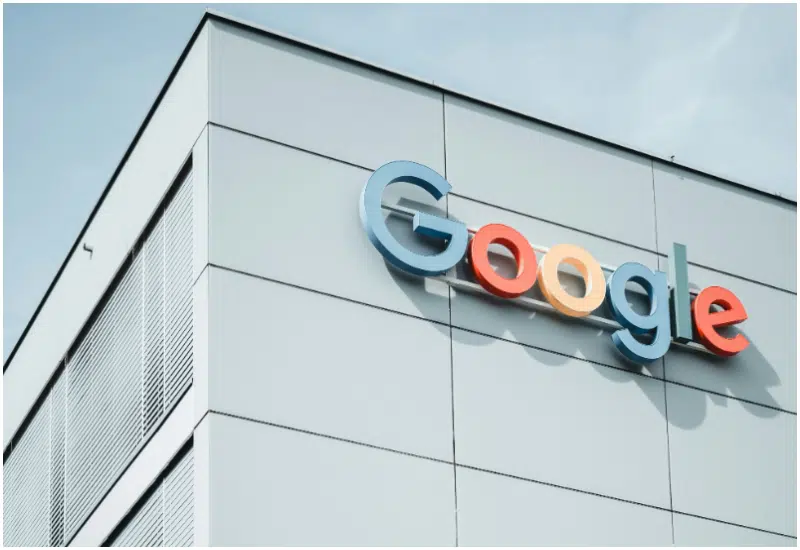Wale Ayandiran and Franklin Chieze didn’t set out to build HR software. They were chasing better ways to make artificial intelligence useful for ordinary people. However, after dozens of conversations with overworked HR teams in Europe and Africa, they discovered a problem too persistent to ignore and built Onbuddy to address it.
For many HR managers and new employees, the onboarding week is filled with chaotic, repetitive tasks. From signing similar forms and logging into new tools to forgetting assignments and sending continuous follow-ups, the founders set out to eliminate the repetitive tasks in HR operations.
Powered by the technology company, Proteus AI, Onbuddy is an AI-powered workplace assistant that resides within tools like Slack and Microsoft Teams. It helps companies automate onboarding, track daily tasks, and support employees in real time.
“We’re not seeking to replace whatever tools companies use. We are looking to integrate with them and give them an assistant who knows how to interact with all those tools,” Chieze tells Techpoint Africa.
The tool acts as a highly intelligent co-pilot, quietly handling repetitive processes so people can focus on the work that really matters.
The origin of Onbuddy
Before Onbuddy, in 2023, Ayandiran and Chieze built Proteus AI, a flexible platform that let businesses create custom AI tools.
“We wanted to give businesses the opportunity to train their own AI characters with their business information and maybe expose it to their customers as an AI-powered customer service chatbot or some other similar solution,” Chieze recalls.
Although the value of the platform was clear, it did not align with the founders’ vision. Ayandiran tells Techpoint Africa that Proteus AI did not attract the kind of users they intended.
“We realised we were attracting non-technical users for a technical product,” he says.
So the founders went back to the drawing board to understand what non-technical people needed. They conducted user interviews, and that discovery process led them to HR teams, most of which were drowning in manual onboarding processes.
Following conversations with HR teams, the founders realised that what companies needed was not another HR platform, but a digital assistant built for the everyday operations of HR teams and employees.
The Onbuddy advantage
Onbuddy does not parade itself as an HR management software, and Ayandiran says that HR systems are not a perfect comparison to the tool. Unlike these tools, which focus on employee records or payroll and benefits management, Onbuddy’s goal is to automate operational processes for HR teams and ease employees’ workflows.
For employees, Onbuddy is like a younger sibling that never forgets you promised to take them out for ice cream. When the tool is integrated into a company’s workspace, it greets employees every morning with their daily tasks, nudges them when they are falling behind, and even alerts their manager if they might need help with an assignment. It’s like having a personal assistant that ensures you are on top of all your tasks and always knows what you need.
“Our key focus is to give every employee an AI assistant that makes their work easy. And our approach to that is to give that AI assistant the ability to integrate with the tools that those employees use within the company,” Chieze explains.
On the management side, HR teams and administrators can customise how Onbuddy behaves. They can set up reminders for new employees to complete specific forms or fulfill onboarding tasks.
This is particularly useful for companies that engage in frequent recruitment. So, instead of repeating the same tasks for several employees and managing them until they become acquainted with the system, HR teams can automate Onbuddy to send all applicable documents to the relevant employees and send frequent reminders until the onboarding process is complete.
HR managers can also connect the tool with an existing Human Resources Information System (HRIS) or grant it access to relevant information that employees may need.
For instance, if an employee wanted to know how many leave days they had, they could simply ask Onbuddy via Slack or any other workplace management tool it is integrated with. Onbuddy retrieves that information from the company’s system, reducing the need for employees to overwhelm HR managers and assistants with constant questions and inquiries.
“We want Onbuddy to integrate with the tools that the company uses: whatever tools they use for their leave management, their performance review, or for communication. This way, employees no longer need to go directly to those tools; they can simply ask Onbuddy to perform those actions for them.”
With this, it enhances employee productivity by removing whatever friction would have existed between them and the various tools that they use and giving them one interface where they can interact with these tools using natural language,” Chieze says.
The founders’ story
Ayandiran and Chieze met in 2018 as learning facilitators at Andela, where they collaborated on several projects.
“We worked closely together on the same team, and eventually, we realised that we also shared a common passion for solving problems outside of the job description,” Chieze recalls.
After several collaborations at Andela and exiting together, Chieze and Ayandiran went on to build multiple projects and tools before Onbuddy.
Onbuddy’s business model
Onbuddy is a useful tool for companies of all types and sizes. But, Ayandiran clarifies that the tool is especially beneficial for companies that operate on workspaces like Microsoft Teams or Slack and have at least ten employees.
“We are looking at companies that are at the Seed or Series A stage because then you’re growing and there are so many moving parts. You’re hiring rapidly, you’re boarding new employees like every other week, and that is a daunting experience.”
The company charges a monthly subscription to businesses. Unlike typical SaaS companies that offer work tools to businesses, which charge per user, Onbuddy operates on a flat-rate subscription that covers the entire organisation.
“The reason is that the automation is the biggest thing, not the LLM. Onbuddy is powered by Proteus AI, which means we own it and we are not using an external automation. So that’s why we are not charging per seat; we are charging you based on the resources consumed,” Ayandiran explains.
In late 2024, the company raised $10,000 in a SAFE round with family and friends. Beyond this, the founders say they intend to officially raise a pre-seed round in 2026.
Challenges and looking to the future
Onbuddy has faced several challenges since its launch in February 2025, chief among them being the lengthy client acquisition process.
Ayandiran explains that, unlike individuals who have a short turnaround time, organisations work with budgets, timelines, and lengthy approval processes for software adoption.
“You might be having a conversation with a company for three months; they might eventually close, but it takes three months to close them, which is a long time. One way we are addressing this is by structuring our pricing. Because it is not per user, companies don’t have to worry about paying extra when they grow their teams,” he says.
Beyond this challenge, he notes that the vision is for the product to become one that companies use without hesitation.
However, Onbuddy faces one more challenge that the founders may not have envisioned. As an AI tool that integrates with other workspace management platforms and HRIS, Onbuddy’s model could be easily disrupted if a larger company with an existing suite of business tools introduces a similar feature.
Ayandiran, however, believes that this is unlikely. He argues that while larger companies could technically replicate Onbuddy’s features, they are unlikely to make it a priority.
According to him, Onbuddy is not merely an AI tool but an intelligence tool. An orchestrator that brings different systems and processes together to enhance employee efficiency and engagement.
For Ayandiran, what gives Onbuddy an edge is the quality of its experience and its seamless integration with existing systems.











